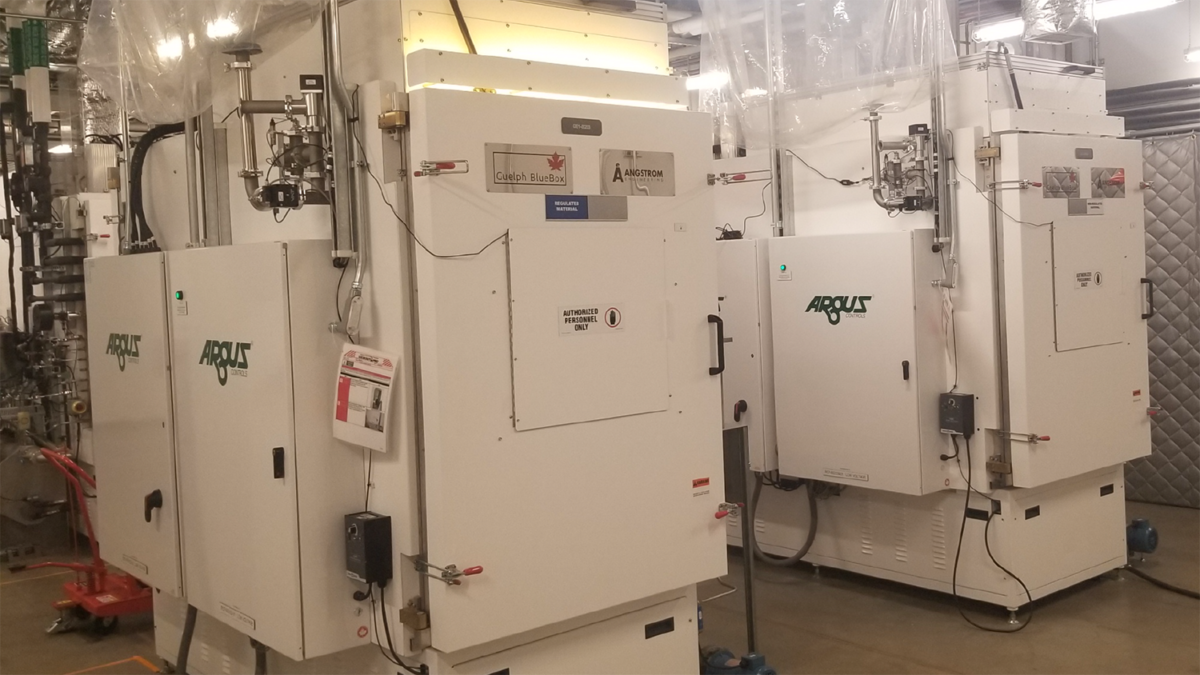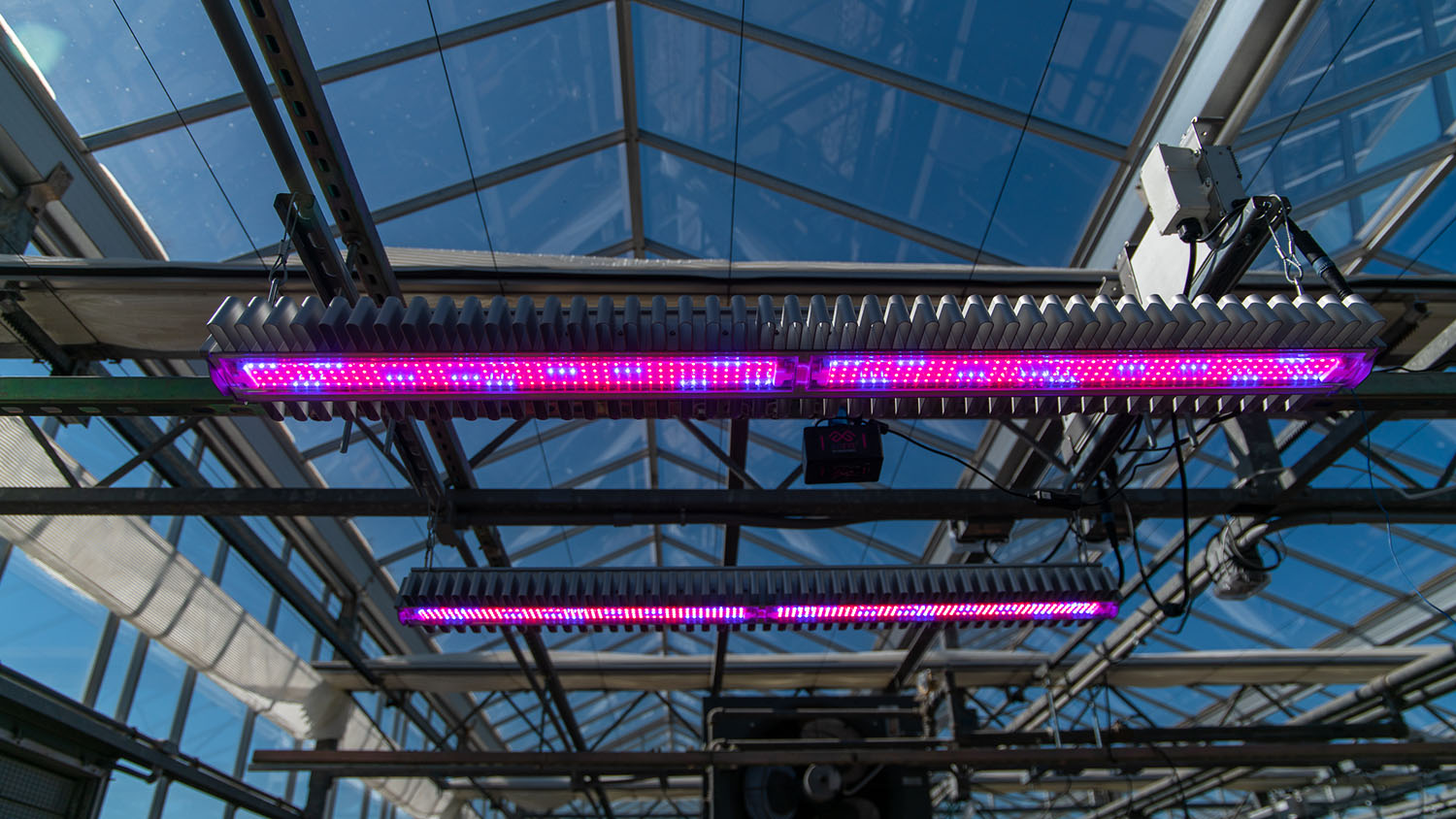
Research Systems
The NC State CEA Coalition provides a unique advantage to other research groups. We have developed several research systems with unique capabilities that allow for fast execution of any CEA experiment.
Plant Modeling System
Our Coalition has developed multiple mathematical models for crop growth that account for environmental factors (ex. light intensity, spectra, CO2 concentration, water availability, temperature, relative humidity) and plant physiology (ex. plant growth rate, plant morphology, plant development). This research system allows for predictions on crop yield based on changes to environmental conditions, and can be calibrated based on the crop type and growing system used.
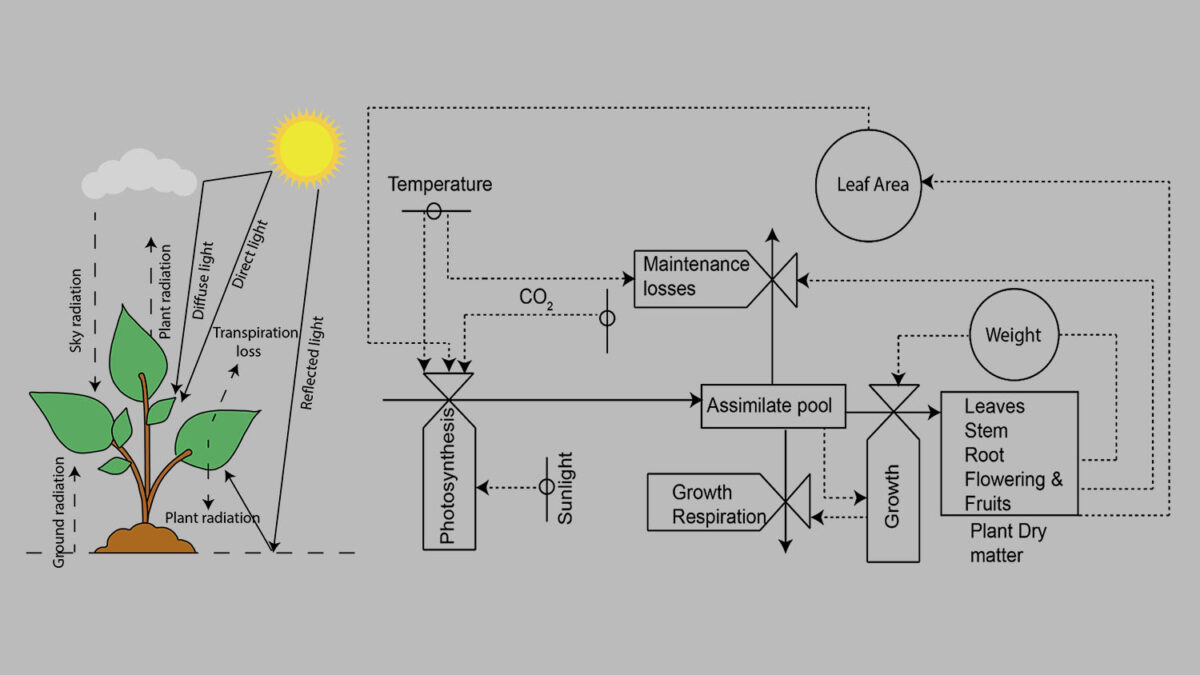
The CEA Coalition Plant Modeling System has been successfully used in our research on cannabis, tomato, lettuce, wheat and strawberry plants. However, its potential uses extend past these projects to research determining ideal growing “recipes” for specific crops and to economic analyses requiring plant-based growth and resource data.
Supplemental Light Intensity and Spectra Greenhouse System
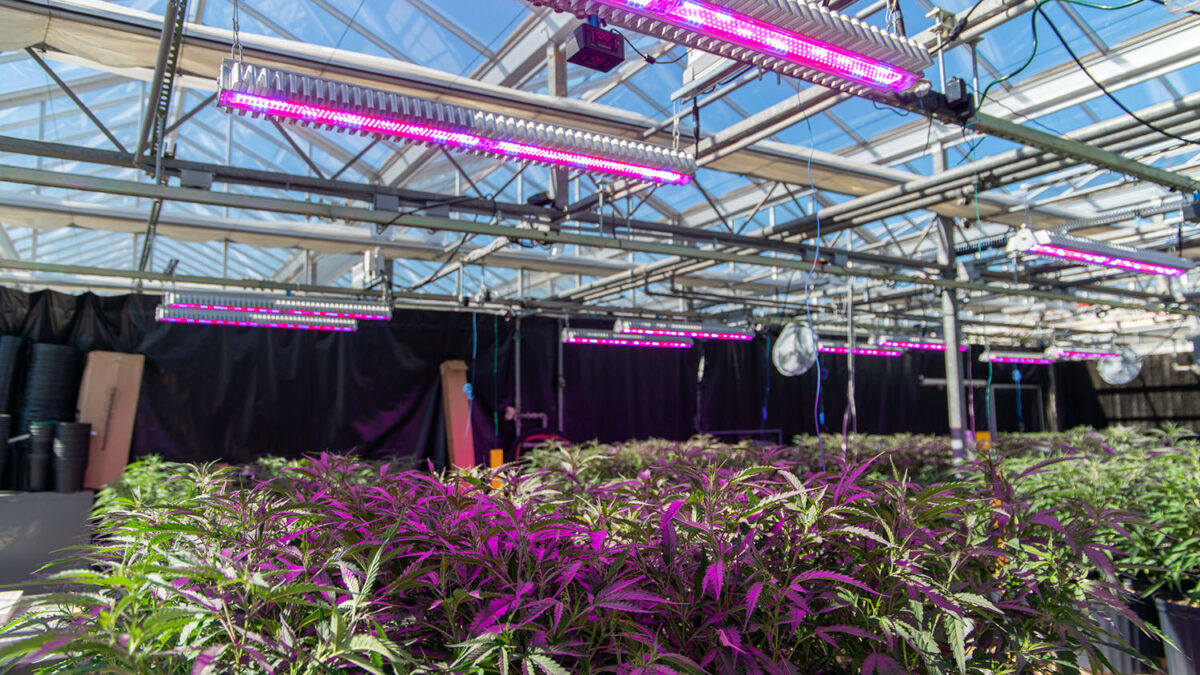
The NC State CEA coalition has a greenhouse equipped with state-of-the-art environmental sensing capabilities. Within this greenhouse system, we have:
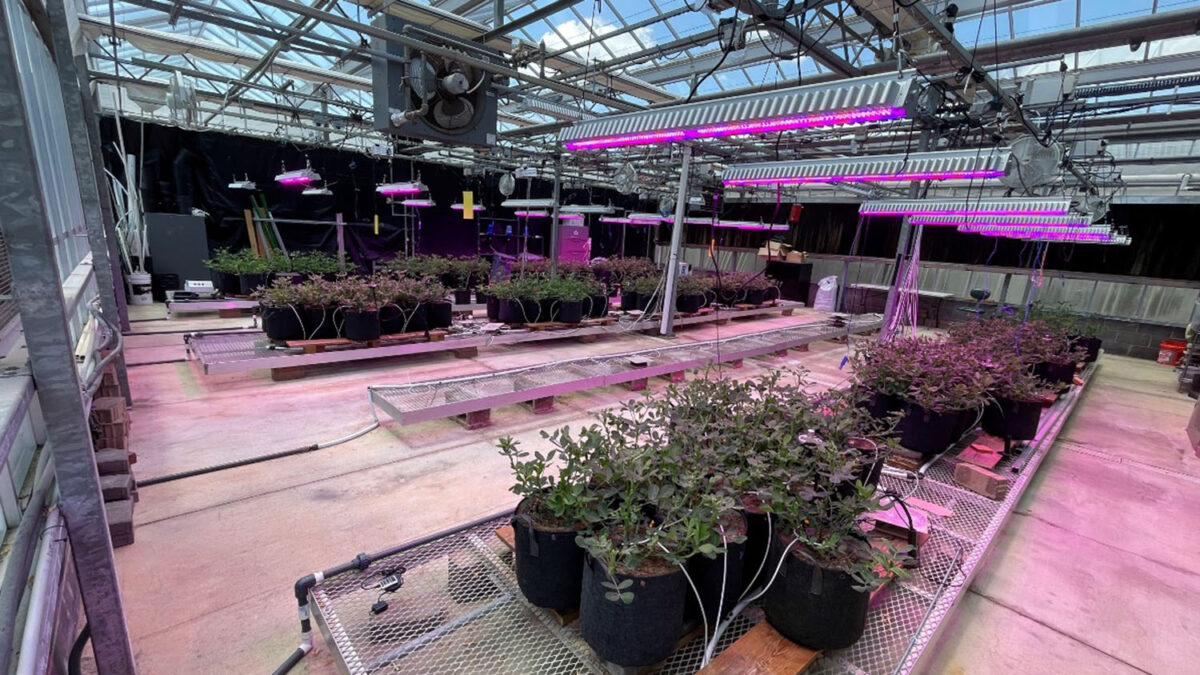
- 12 temperature sensors
- 12 quantum sensors
- 24 supplemental LED lights with variable light intensity and light spectrum capabilities
- A data acquisition system that collects and stores environmental data points every 5 minutes
- 12 cameras for time-lapse image capture and storage
This established research system could be utilized for a variety of projects such as testing different spectral light combinations, determining crop response to varied light intensities, light phenotyping, and examining agronomic traits based on time to flower, yield and vegetative output.
Precision Water Uptake and Irrigation System
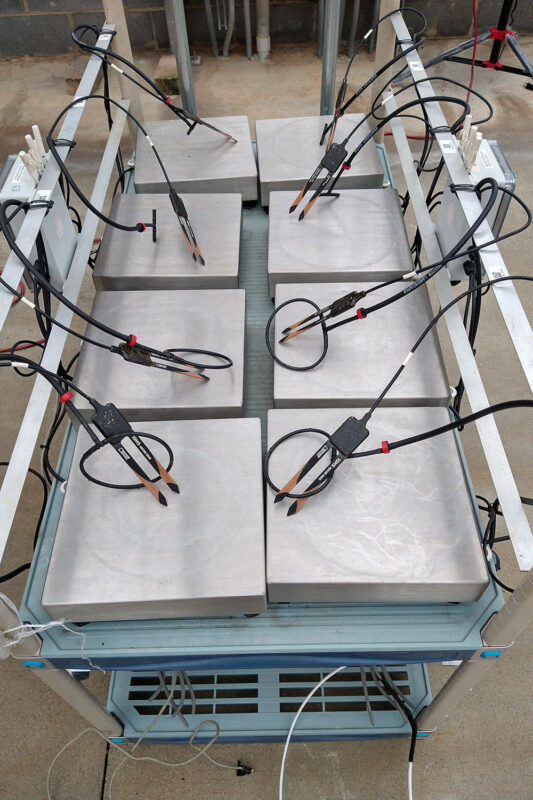
Our Coalition has equipped a greenhouse with a precision irrigation and water usage system (evapotranspiration). This research system has the capacity to grow up to 140 potted plants and can be set up to deliver different watering strategies to each plant. Furthermore, it is capable of taking a plethora of independent, real-time measurements for each plant, including the amount of water delivered, plant weight, volumetric moisture content per plant and transpiration rate per plant. When used in conjunction with data on plant morphology, yield and development, these measurements provide powerful data related to plant water usage.
The CEA Coalition Precision Water System has potential applications for research focused on examining substrate-water interactions, and phenotyping based on water usage or drought responses.
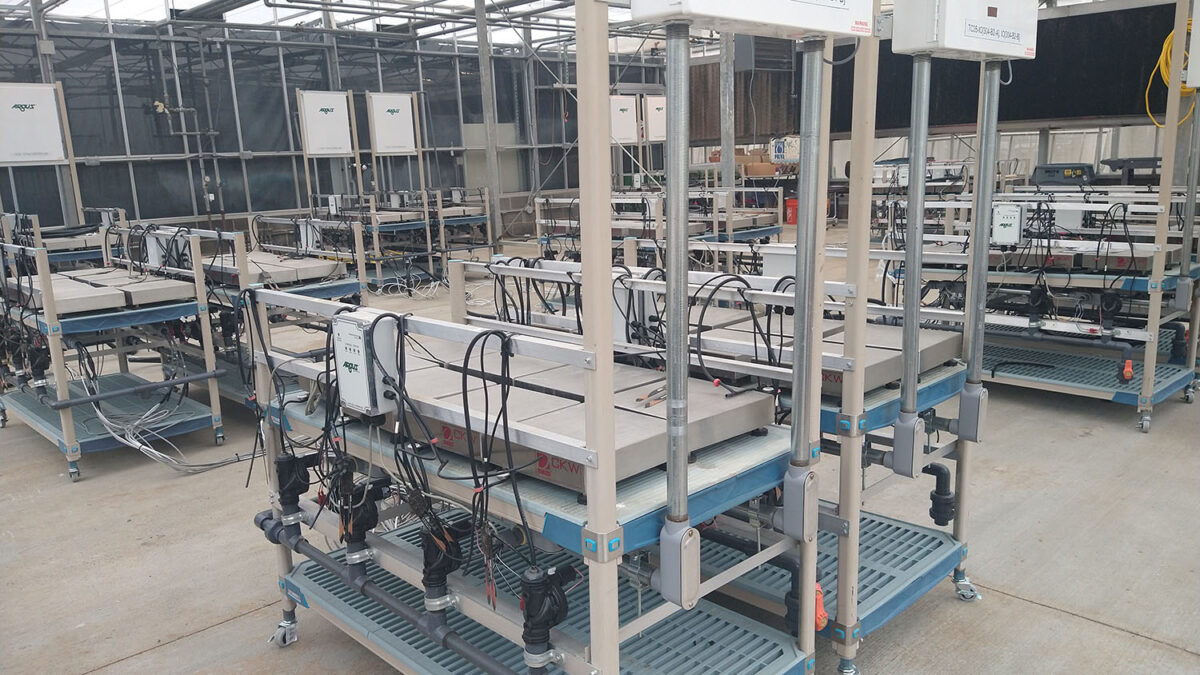
Light Quality Indoor Chamber System
NC State’s CEA Coalition has established a research system that allows for testing plant responses to eight different static or dynamic light spectra simultaneously. Our Light Spectral Chamber System is comprised of multi-spectral LEDs, 16 temperature sensors, and equipment for sensing and control of CO2, temperature, and humidity.
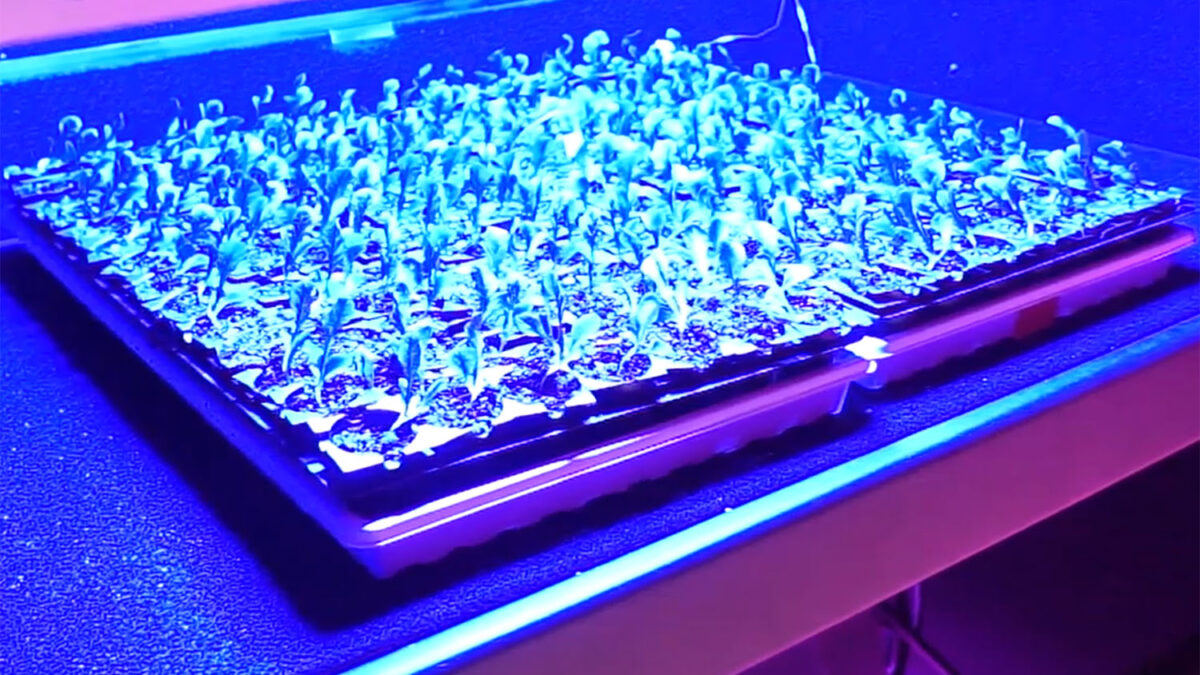
While this system is specifically designed for research on compact plants, such as leafy greens, lettuce, transplants and seedlings, it has potential applications in studies to determine ideal indoor lighting formulas to maximize yield.
Advanced Growth Chambers
Our Coalition has four advanced growth chambers capable of real-time measurement of crop/canopy gas exchange variables under different environmental conditions (ex. light, irrigation, nutrient, temperate, VPD, relative humidity). These unique chambers provide the ability to determine the impact of short-term environmental changes on crop/canopy photosynthetic and transpiration rates. This system is ideal for any projects examining the impact of one or more environmental variables in real-time.
